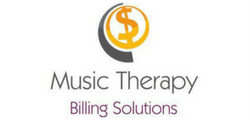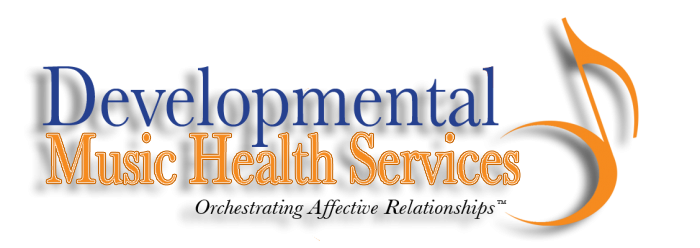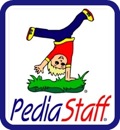Data collection seems to be a pervasive challenge for the music therapy student, intern, and even clinician. Whether it’s for a music therapy assessment, a regular music therapy session, or a periodic evaluation process, it can be difficult to collect client information in a meaningful and functional way that allows for accuracy, some level of depth, yet doesn’t take hours to complete.
I had an “ah-ha” moment the other day when working with a student on developing her data collection tool for practicum. In previous attempts at teaching this concept, I had simplistically coached students to not only consider the “what” of data collection (i.e, what behavior are they planning to observe), but also the “how” of data collection (i.e., how do they plan to collect that data—through observation? interview? a music therapy experience?).
But my “ah-ha” moment came when I realized that when it comes to developing a data collection tool, all we need to remember are the “6 Ws” lessons learned in elementary school. Here
Who
This piece identifies the client or client(s) on whom you are collecting data (pretty self-explanatory, right?).
What
This section identifies the behaviors being observed and recorded. Depending on the needs of the data collector—student, intern, clinician, researcher—this section can be as simple as brief descriptions (e.g. counting toe raises) or as complex as creating comprehensive operational definitions for the behavior (for an example of the latter, I refer you to Bell et al.’s 2014 article in Music Therapy Perspectives on a Nordoff-Robbins assessment tool they described and studied).
However, regardless of how simplistic or extensive your description, the “what” information still needs to be explicitly clear, written in a way that another music therapist can understand and measure.
When
Like the “who” section, this seems self-explanatory, but it is still important. “When” information considers when you collected the information—the date, the time, perhaps an identification of the session or a particular music-based assessment or music therapy experience. This may provide useful contextual information that may help explain client responses. For example, there may be a reason for a preschool-child’s increased levels of arousal and agitation if you are collecting data during what should be an early afternoon nap time.
Where
Although another seemingly self-explanatory section, identifying where the information has been collected (e.g. the room, the unit, the facility, inside, outside, inpatient, outpatient, etc.) may provide important contextual information to help you interpret, make sense of, or explain behaviors that were observed and recorded.
Why
I’m being a bit flexible in my inclusion of the “why” information as it may or may not be necessary to include it in your data collection tool. However, knowing the reason for collecting data certainly informs all aspects of the data collection development process. Are you creating this tool to collect data during a regular music therapy sessions? If so, you may need something “down-and-dirty” that allows you to capture information in a functional and easily accessible way. Or perhaps this is for a lengthier assessment process or a research project. If so, your data collection tool—although functionality and ease of use are still important—may be lengthier. So even if your tool does not have a “why”-related section, you as the developer still need to know the purpose.
How
In my experience “how”-related information is often overlooked or documented in terms that are too broad. Saying you collected data “during music therapy” doesn’t provide specific-enough information. With my students, I narrow the type of information to include in this section into the following: client observation, client interview, (insert related professional) interview, music-based assessment experience, or specific music therapy experience. Your situation may be different, but again documenting through which experience or technique you used to capture the information makes for clearer intervention reporting (see Robb et al.’s 2011 article in the Journal of Health Psychology for more information about what “clear intervention reporting” entails).



 orcid.org/0000-0001-8665-1493
orcid.org/0000-0001-8665-1493






{ 0 comments… add one now }
You must log in to post a comment.